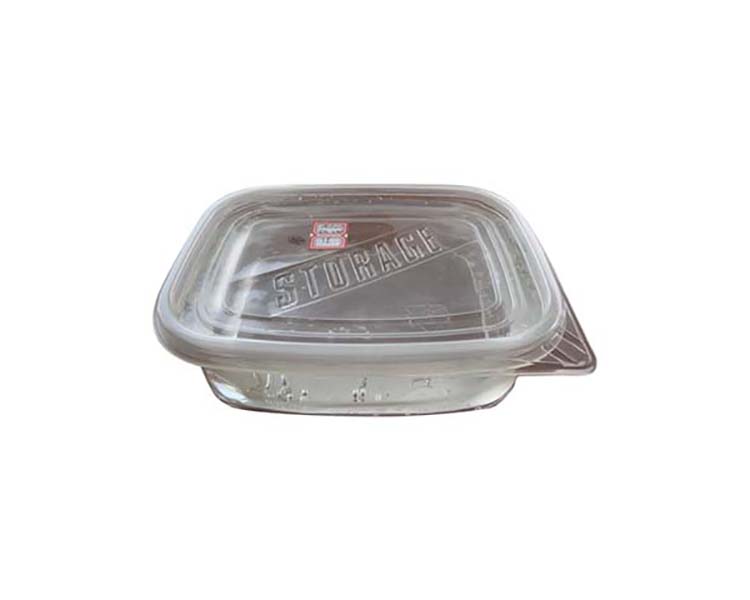


| Product Name | Beeswax Slabs | ||
| Test Method | GB/Y 24314-2009 | ||
| Analysis Result | |||
| Item | Measure Unit | Standard | Result |
| Hydrocarbon | % | 50-55 | 50 |
| Melting point | ℃ | 62-67 | 63 |
| Acid value | (KOH mg/g) | 7-23 | 7 |
| Saponification value | (KOH mg/g) | 75-110 | 87 |
| Refractive Index | (75℃) | 1.4410-1.4430 | 1.4420 |
| Ash | % | <0.3 | 0.21 |
| Specific Gravity | g/cm³ (20℃) | 0.955-0.980 | 0.965 |
| Ester value | Mg/g | 40-50 | 40 |
| Total volatile matter | % | 0.75 | - |
| Ratio number | Ester number/ acid value | 3.5-4.7 | 4.1 |

AODING Group One- Stop Service for Candle-making.